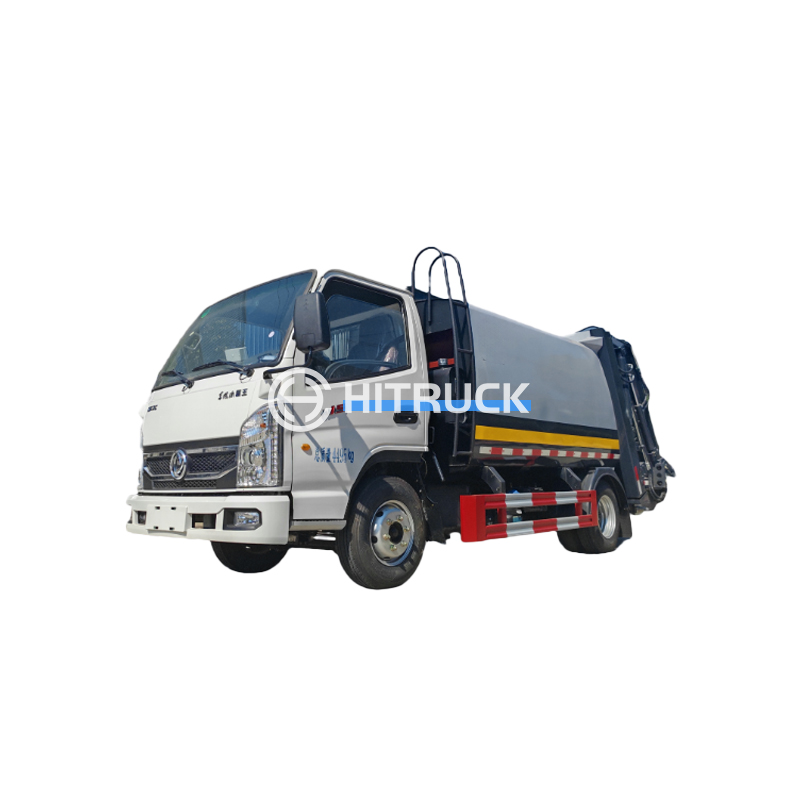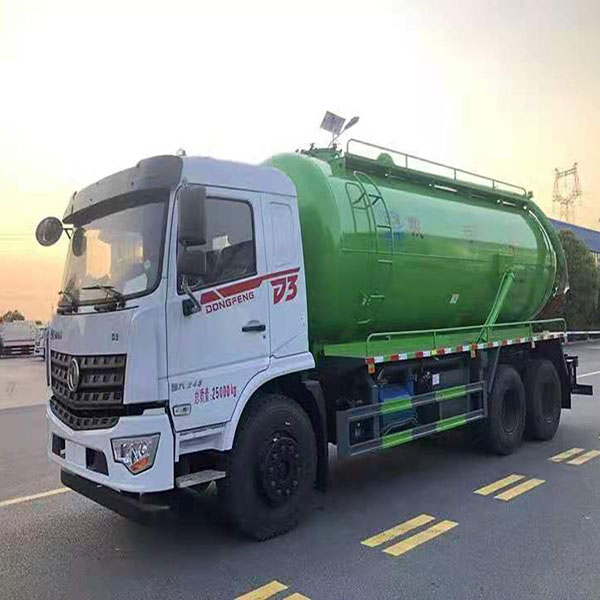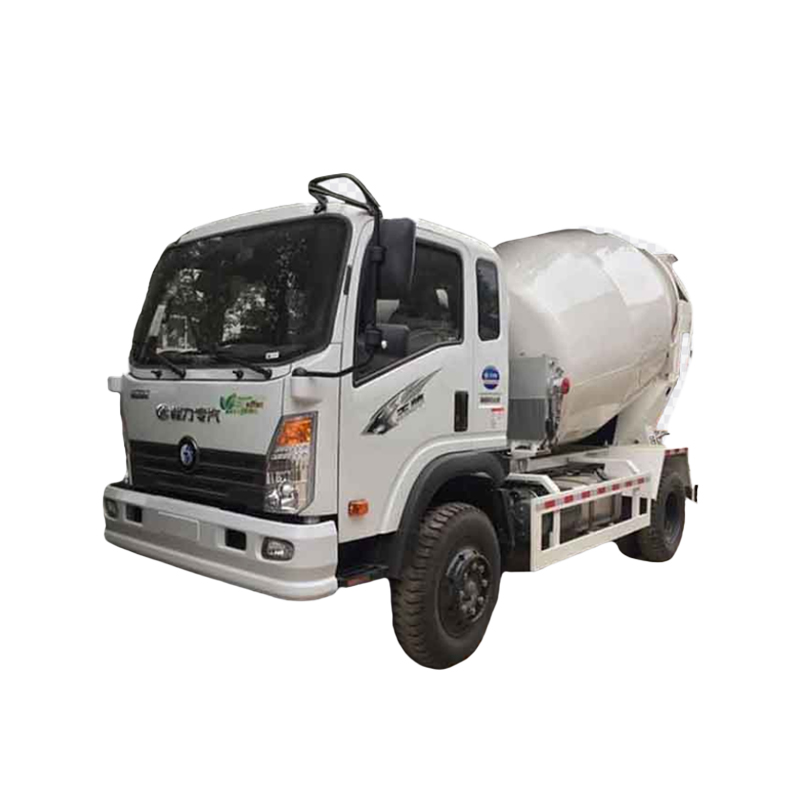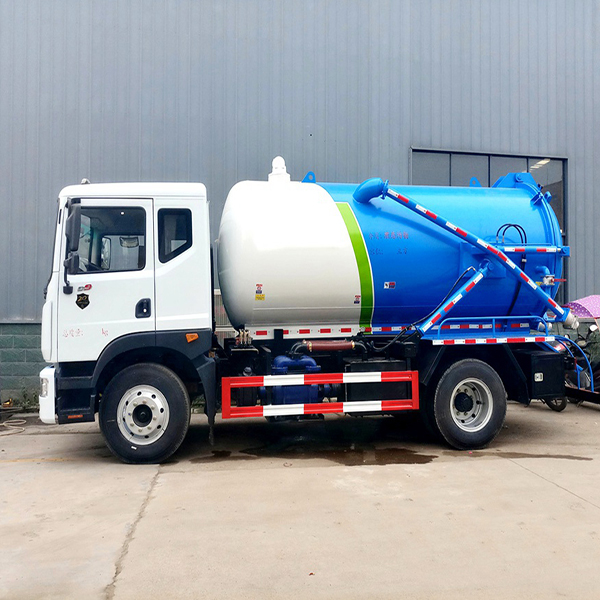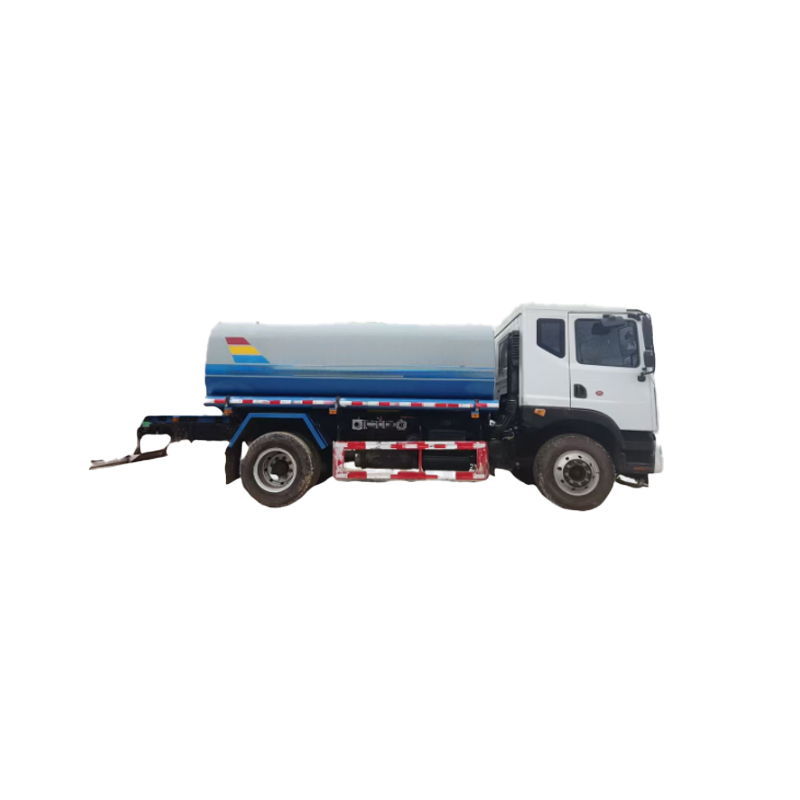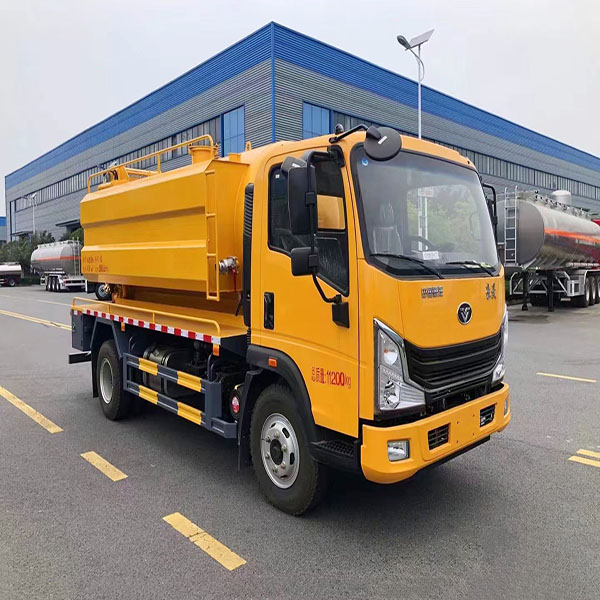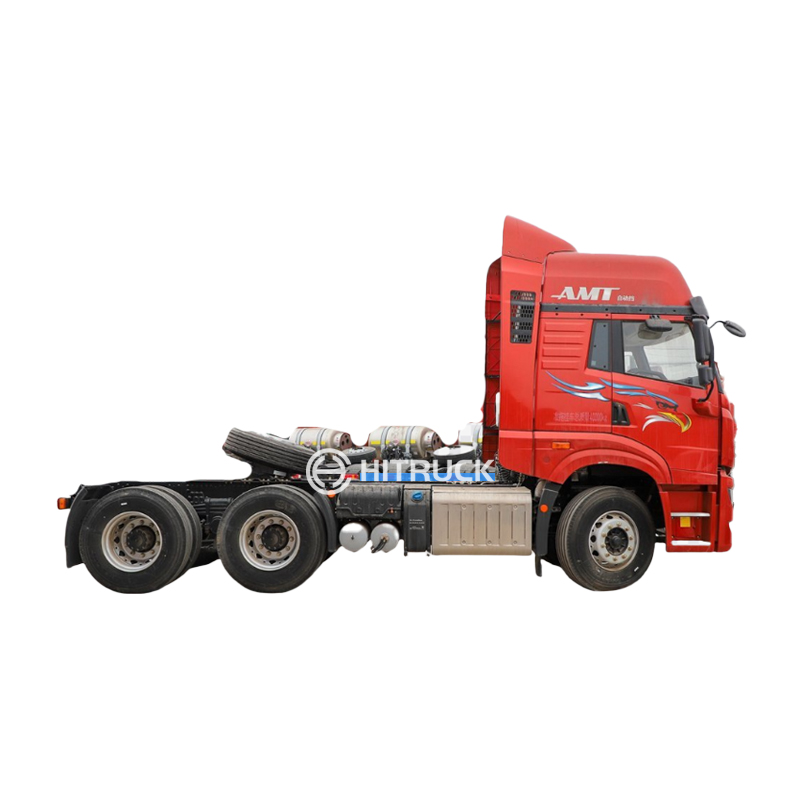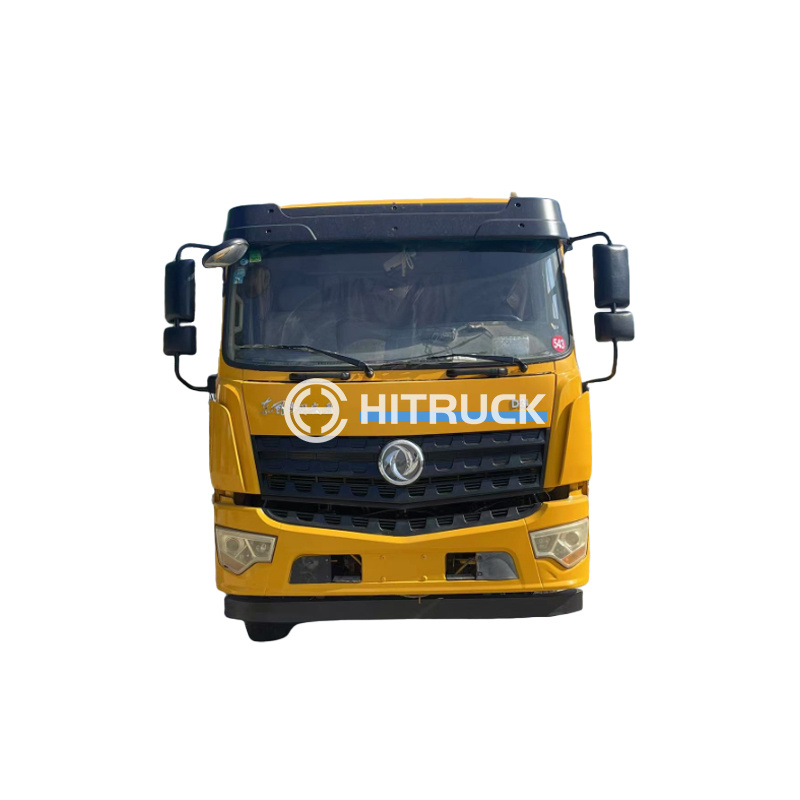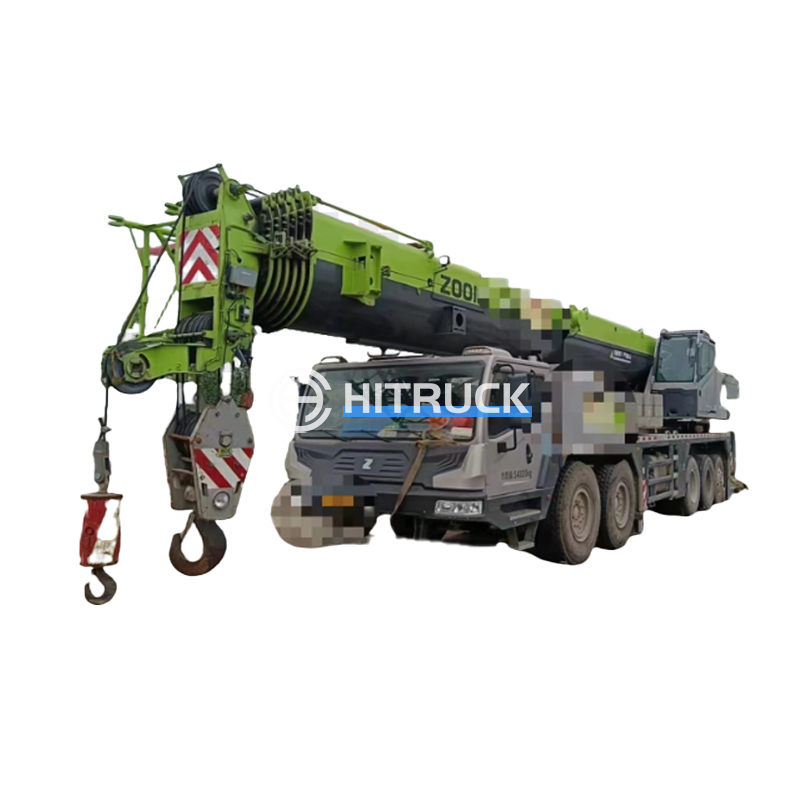Different Types of Tower Cranes: A Comprehensive GuideDifferent types of tower cranes are used in various construction projects globally. This guide provides a detailed overview of the different types, their applications, and key features. Understanding these variations is crucial for selecting the right crane for a specific project's needs and ensuring safety and efficiency.
Tower cranes are tall, freestanding structures used to lift and move heavy materials during construction. They're essential for high-rise buildings, infrastructure projects, and industrial settings. The various types are categorized based on their design, configuration, and operational mechanisms. Choosing the right tower crane depends on factors such as the project's height, load capacity requirements, and site accessibility.
Top-slewing tower cranes are the most common type. Their slewing mechanism (the rotating part) is located at the top of the crane, making them relatively easy to assemble and disassemble. They're highly versatile and suitable for a wide range of construction projects. The maximum lifting capacity and jib length vary depending on the model. They are generally cost-effective for mid-to-large projects.
Hammerhead tower cranes feature a large horizontal jib that resembles a hammerhead. This design allows for a wider reach and greater lifting capacity compared to other types of tower cranes. They are ideal for large construction projects requiring the movement of heavy loads over significant distances. Many hammerhead cranes also boast impressive lifting heights, making them suited to high-rise developments.
Luffing jib tower cranes have a jib that can change its angle. This adjustability allows for precise placement of materials, even in confined spaces. The luffing mechanism enables the crane to operate effectively in challenging environments and reduces the need for repositioning. This adaptability often makes them the preferred choice for complex projects.
Flat-top tower cranes are known for their compact design. The counterweight is often integrated into the tower structure itself, optimizing space and simplifying transportation. They're often selected for projects with limited space or where ease of transportation is critical. While they may have a smaller lifting capacity than other types, their maneuverability in tight areas is unparalleled.
Crawler tower cranes are mounted on crawler tracks, offering greater mobility on uneven terrain. Their self-propelled nature eliminates the need for extensive site preparation. However, they are typically more expensive and less common than other tower crane types. They find use in specific applications where maneuverability across varied ground conditions is prioritized.
The selection of an appropriate tower crane is crucial. Key factors to consider include:
Consulting with experienced crane professionals is highly recommended to ensure the optimal tower crane selection for your specific project needs.
Safety should always be the top priority when working with tower cranes. Regular inspections, maintenance, and adherence to strict safety protocols are essential. Proper training for operators and adherence to all relevant safety regulations are paramount. Always prioritize safety procedures over speed or efficiency.
| Crane Type | Key Features | Typical Applications |
|---|---|---|
| Top-Slewing | Versatile, easy assembly | Mid-to-large construction projects |
| Hammerhead | High capacity, wide reach | Large-scale construction, high-rise buildings |
| Luffing Jib | Adjustable jib angle, precise placement | Complex projects, confined spaces |
| Flat-Top | Compact, easy transportation | Space-constrained projects |
| Crawler | Mobile, suitable for uneven terrain | Projects with difficult ground conditions |
For more information on heavy equipment solutions, check out Suizhou Haicang Automobile sales Co., LTD. They offer a wide range of options to suit your construction needs.


